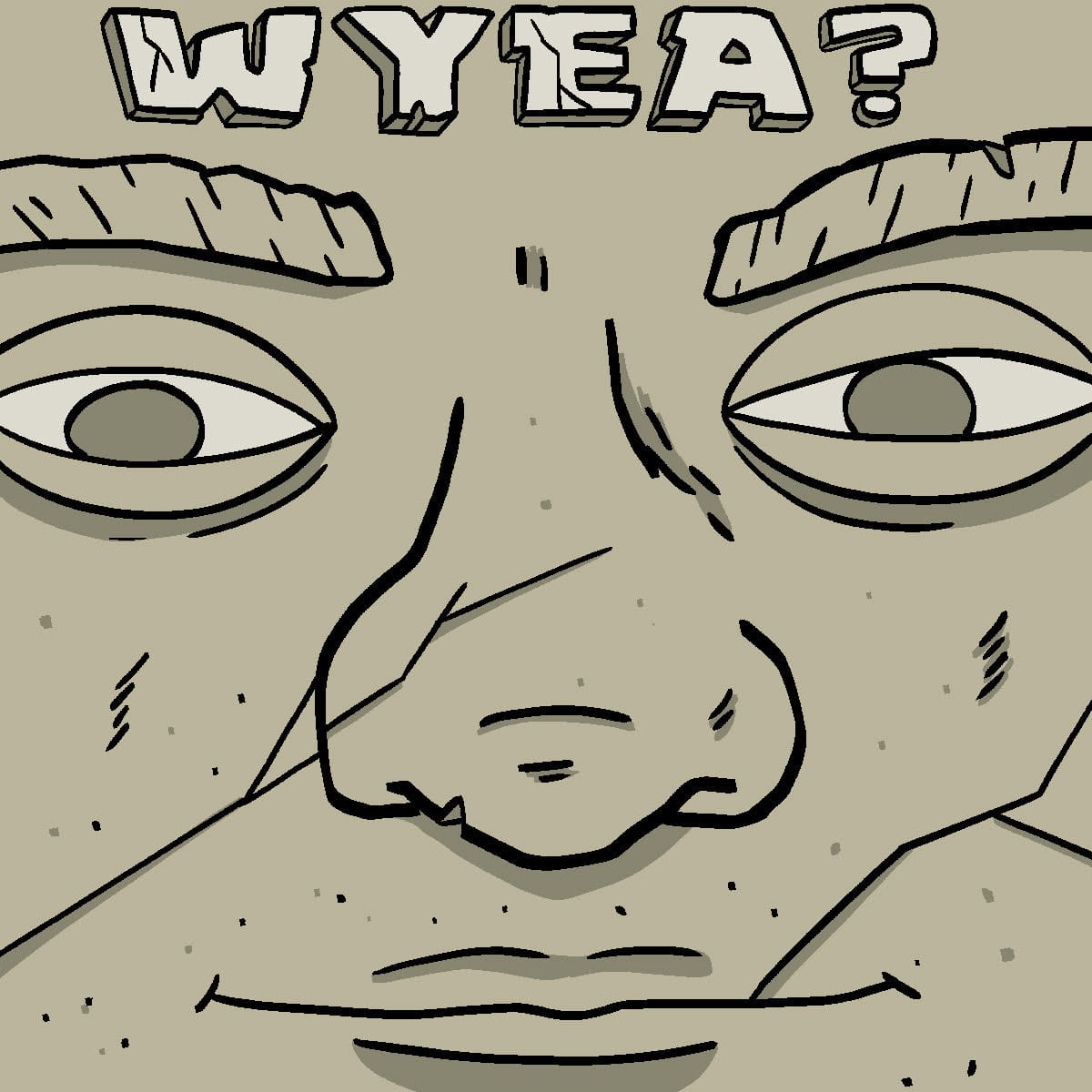- cross-posted to:
- [email protected]
- [email protected]
- [email protected]
- [email protected]
- cross-posted to:
- [email protected]
- [email protected]
- [email protected]
- [email protected]
Over the last decade, few platforms have declined quite as rapidly and visibly as Facebook and Instagram. What used to be apps for catching up with your friends and family are now algorithmic nightmares that constantly interrupt you with suggested content and advertisements that consistently outweigh the content of people that you choose to follow.
Conversely, those running Facebook groups routinely find that their content isn’t even being shown to those who choose to follow them thanks to Meta’s outright abusive approach to social media where the customer is not only wrong, but should ideally have little control over what they see.
Over the next two newsletters, I’m going to walk you through the decline of Facebook and Instagram, starting with the events that led to its decay and those I believe are responsible for turning the world’s most popular consumer apps into skinner boxes for advertising agencies.



Mastodon seems like it could work relatively well.
The other side of the issue though is for social media to feel “social” now, people, consciously or not, want to feel connected to brands and advertising and popular culture. Social media, now more than television or magazines used to, generates our water-cooler moments. It generates the content we sit right here and discuss - it generates memes. These fringe alternatives aren’t popular because the they lack gravity. Gravity comes from investment. Investment comes from potential; typically, potential to make money.
But yeah, group ware, et al, could work for smaller groups. The friction there is getting people to install, and give a crap about, another app on their phone.